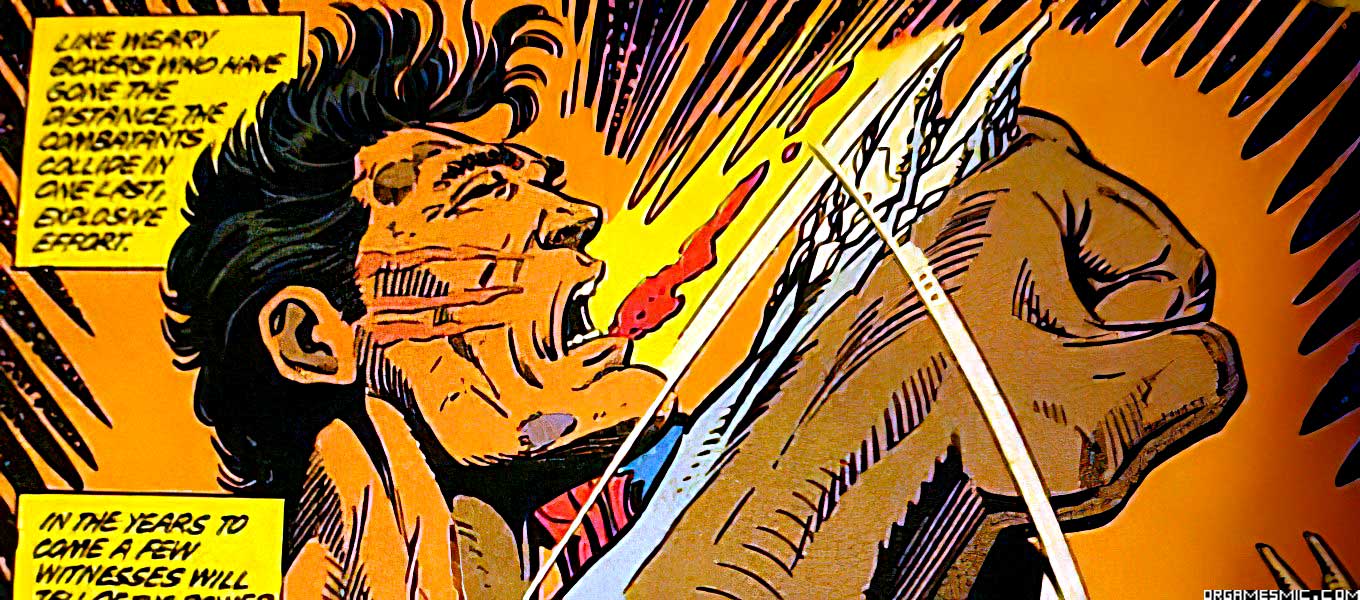This page may contain one or more affiliate links, which means that if you purchase a product through that link, I may receive compensation. The links will be identified with the text "affiliate link". Click to learn more.
If you have been curious about the death and return of Superman, prepare for a bumpy ride. Superman “died” around the time that the comic book industry crashed. Batman’s back was broken, Spider-Man was a clone, and Superman was dead. It was a horrible time for comic books.
So who killed Superman, you ask? Was it Lex Luthor? Or a mean person who snuck kryptonite into his lime Jello? No, it was someone whom no one has ever heard of before. A monster named Doomsday killed Superman.
How Superman Died
The death of Superman began in Superman: The Man of Steel 18 and ended in Superman 75. DC was doing what it did best by forcing you to subscribe to 10 different comics to get the full story. Anyway, this monster, Doomsday, was buried underground on Earth for some reason. He was also restrained in some way, wearing a green suit and having these metallic tubes around his limbs. One day, he literally just punches his way out, using one hand.
Of course, Doomsday turns out to be a really bad dude for virtually no reason. He lets a bird land on hand… and then crushes it. The Justice League shows up to try and stuff Doomsday, and Doomsday nearly kills them all, still using just one hand. After everyone fighting for a long time, Superman realizes that breaking the bones sticking out of Doomsday’s skin causes him pain.
Superman and Doomsday both punch each other in the face at the same time and they both die as a result. Seriously. So there you have it, the death of Superman. But Superman returns later, of course.
As the impact of Superman’s death reverberated throughout the DC universe, fans were left in shock and disbelief. The subsequent storyline, titled “Funeral for a Friend,” examined the grief experienced by both the superhero community and the world at large. Eventually, four new characters emerged, each claiming to be the one true Superman reborn. However, it ultimately transpired that the real Superman had never truly died, but instead existed in a state of near-death hibernation from which he was able to recover, proving that even death itself could not entirely vanquish the iconic hero.
In the aftermath of Superman’s return, the storyline explored the ramifications of his apparent death and the actions of the four substitute Supermen. Each of these new characters, while possessing unique attributes and motivations, ultimately proved inadequate in truly replacing the original Superman. The integral role that Superman played in maintaining peace and order became even more apparent during his absence. Undeniably, the legacy of the “Death of Superman” storyline endures, serving as a testament to the immense impact and enduring appeal of this iconic character in the realm of comic books and popular culture.
Death of Superman Comic Value
If you have Superman 75 containing the Death of Superman, it probably isn’t worth much. You can check what the going rate is here (Affiliate Link). You have to keep in mind, there were a billion versions of this comic printed for collectible purposes. And because there were so many copies printed, they no longer became very collectable.
One of the versions they printed was of the comic sealed in a black plastic bag. I remembered thinking as a kid that it was fit for the comic to be sold in a garbage bag because that’s probably where all the copies were going to end up anyway.
The Death of Superman is a great read. You can buy the graphic novel from Amazon. (affiliate link)
What do you think of this story? Any thoughts? Comment below.

